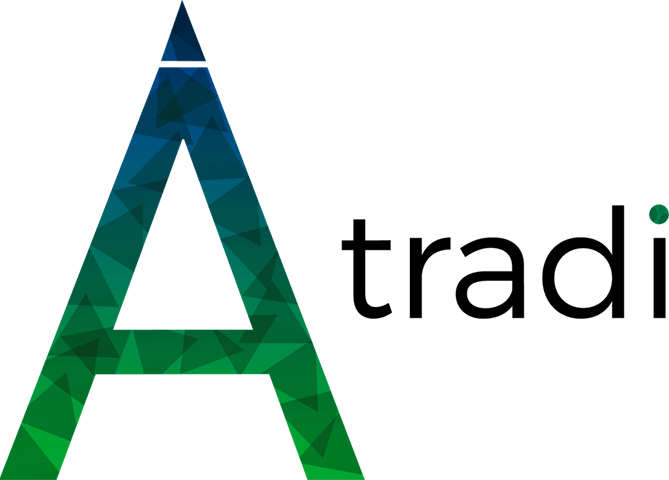19.02.2024
There is no doubt that there has been more and more talk in recent months about the increasing impact of artificial intelligence (AI) on our lives. But the question is just how beneficial this exponential growth is.
Artificial intelligence is slowly becoming an integral part of our everyday activities. In order to fully understand its purpose and unlock its full potential, we need to keep a close eye on how this phenomenon is evolving and also on the trends accompanying it.
However, AI is nothing new, its origins dating back to the first half of the 20th century, with initial successes being witnessed in the field of translation during the 1950s. Machine Translation (MT) powered by AI utilises various technologies to learn the given language and its structures. Artificial intelligence is having a significant impact on the development of this sector and we can rightly therefore speak of a gradual transformation of the translation industry.
So, what are the advantages and disadvantages of AI-powered translation?
- Efficiency and speed
MT can be a good choice for very fast and extensive translations. It enables translators to tackle larger volumes of text, leaving them free to concentrate on reviewing and fine-tuning the stylistic aspects of the text. However, it is only of benefit if it is able not only to put words together correctly in sentences, but also to understand context. And it is precisely this symbiosis which is still lagging somewhat behind.
- Automation of routine translations
When it comes to repetitive texts, MT can step in and take over from the translator, and in doing so, save not only time spent translating but also money for the client.
- Specialist translations and their quality
In this field, the human ability to capture the subtleties of language, culture and specifics of the given industry remains indispensable. Translation performed with the aid of AI need not always correctly capture the context of the source text or specific terms in specialist translations.
- Cooperation between humans and machines
The future of translation is currently shaping up to be a sort of “partnership” between AI and the human translator, where AI can help with fast translation and automation, while the human brings creativity, subtlety of language and understanding of text to the translation.
- Creation of new opportunities
The continuous development of AI brings with it advances in the field of language technologies which could potentially lead to the creation of improved tools for the translation community, and therefore also a better understanding of language.
AI is not driving human workers out of their jobs, but merely taking over performance of activities which do not require creative or critical thinking. The world and the way in which we work, communicate and live is beginning to gradually change and transform before our very eyes. This means that it is in particular people capable of critical or innovative thinking who will come to the fore. A new era of close collaboration with AI awaits us, and how we face these innovations is up to each and every one of us alone.


